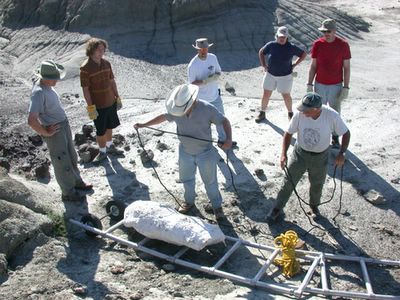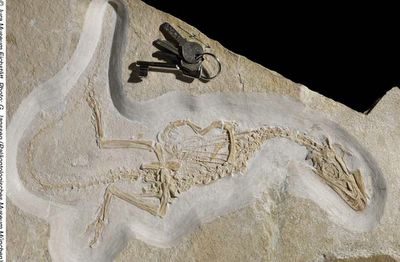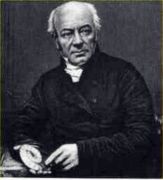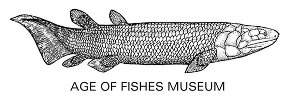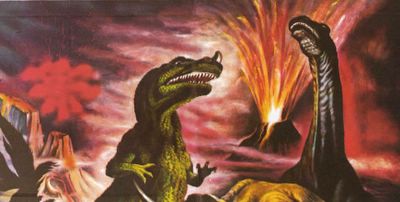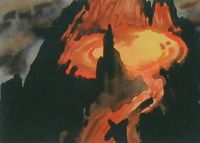Abstract: Although dinosaur eggs were first discovered and identified in the late 1800s, limited attention was given to the scientific value of oological fossils in contrast to observations based on skeletal features. Here, we offer a review of Mesozoic saurischian egg materials, in comparison with extant crocodilians and avians, and their paleobiological interpretation based either on the presence of embryos in ovo or brooding adults on egg clutches.
Our study focuses on the eggs of the oviraptorid Citipati osmolka (Mongolia), the troodontid Troodon formosus (North America), the theropod oospecies Macroelongatoolithus xixiaensis (China), the ornithothoracine bird (Argentina), an indeterminate theropod (Thailand), and titanosaurs (Argentina). Results show that (1) many oological characters and reproductive behaviors associated with modern birds are rooted among non-avian theropods, (2) there is a reproductive evolutionary cline from crocodilians to modern birds with (3) a noticeable pattern of coeval development between the accretion of eggshell layers, origination and size increased of larger air cells (inferred from egg polar asymmetry), and brooding/incubating behaviors.
Most of these pre-adaptations are grouped in two main clades of the saurischian cladogram: one at the level of Oviraptorosauridae and the other at Troodontidae. Although undeniably these two theropod taxa seem to represent two important phases for the evolution of avian reproduction, the phylogenetic distance between these clades and Titanosauria cannot be ignored. As such, the reproductive features that appeared in concert in oviraptorids might have gradually evolved across more basal theropod clades. Although Troodon formosus by its egg shape and nesting behavior seems to be in this study the precursors of modern avian reproduction, the importance of small-bodied theropods such as those who laid the Phu Phok eggs cannot be dismissed and the eggs of such dinosaurs could suggest a closer phylogenetic ties to Aves than troodontids.
At a higher level of inferences, there is a strong possibility that the evolution of these reproductive features is concurrent with profound physiological and metabolic changes that occurred in saurischian dinosaurs throughout their evolution.
Eggs from HERE.














